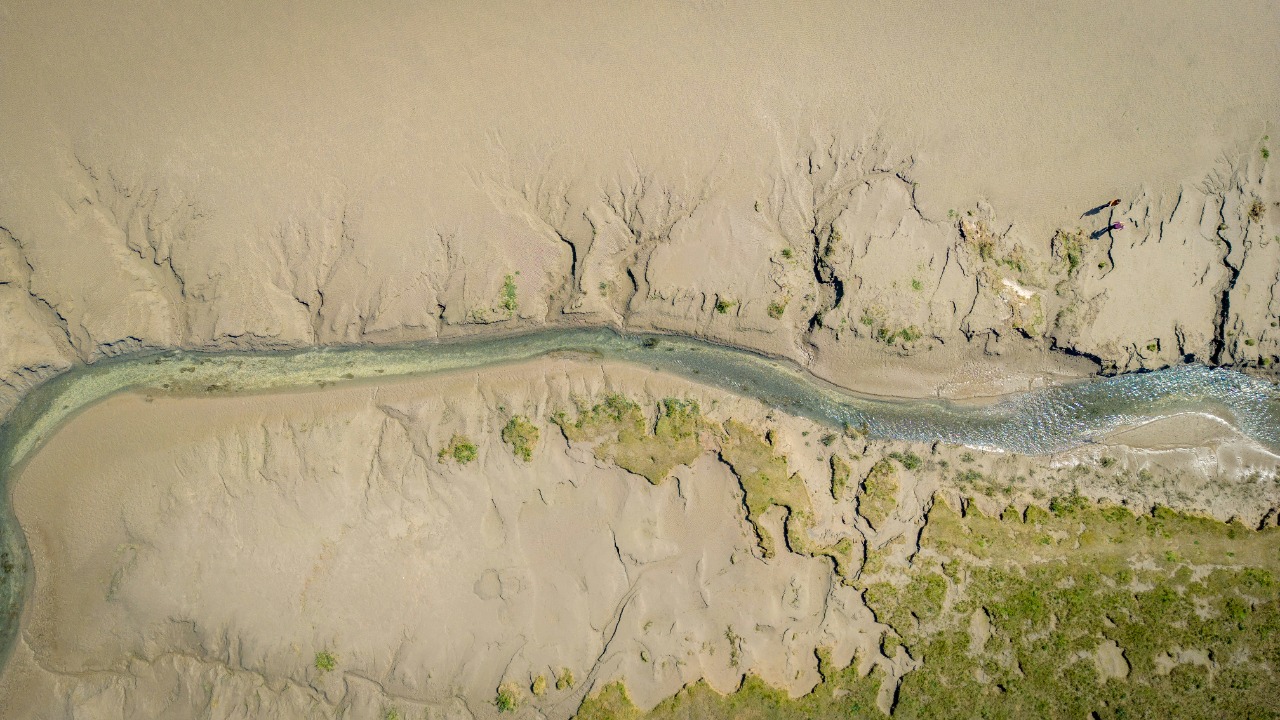
Scientists have recently uncovered buried river systems on Mars, providing compelling evidence for an ancient ocean that once covered much of the planet’s northern hemisphere. This discovery, derived from a reanalysis of orbital data, reveals meandering channels and deltas preserved beneath the Martian surface, indicating prolonged water flow over billions of years. These findings significantly enhance our understanding of how Mars transitioned from a potentially habitable world to its current arid state, reshaping our perception of its geological evolution.
The Discovery of Buried River Systems
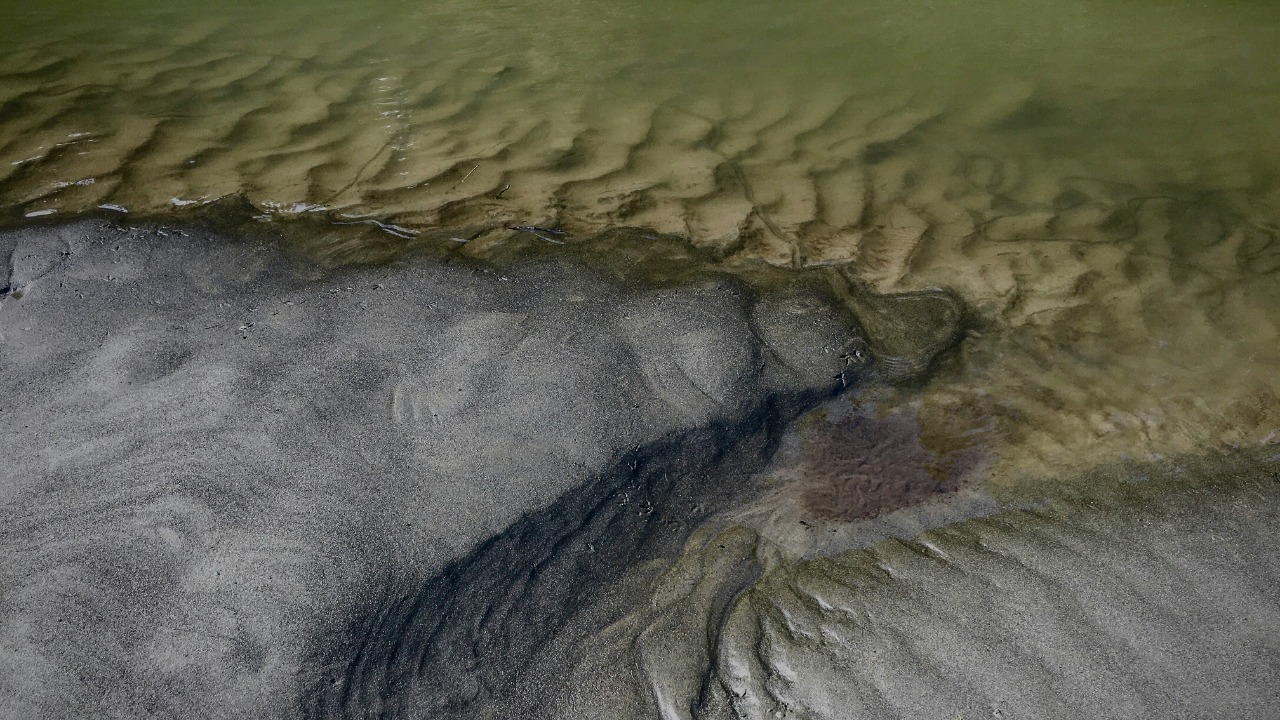
The identification of subsurface river channels on Mars, spanning hundreds of kilometers, marks a significant breakthrough in planetary science. These channels were detected using advanced ground-penetrating radar and high-resolution topography from missions such as the Mars Reconnaissance Orbiter. This technology allowed scientists to visualize the hidden structures beneath the Martian surface, which were previously overlooked in earlier surveys. The discovery of these channels, which mimic Earth’s river morphologies, suggests a complex network of waterways that once existed on Mars (SSB Crack News).
Specific features such as sinuous ridges and inverted channels have been identified in regions like the northern lowlands. These formations resemble Earth’s river systems but are buried under layers of sediment and lava, preserving their structure over billions of years. The recent application of data processing techniques has enhanced the visibility of these hidden structures, allowing scientists to piece together the planet’s hydrological history. This advancement underscores the importance of technological innovation in uncovering the secrets of Mars’ past (Daily Galaxy).
Linking Rivers to an Ancient Ocean
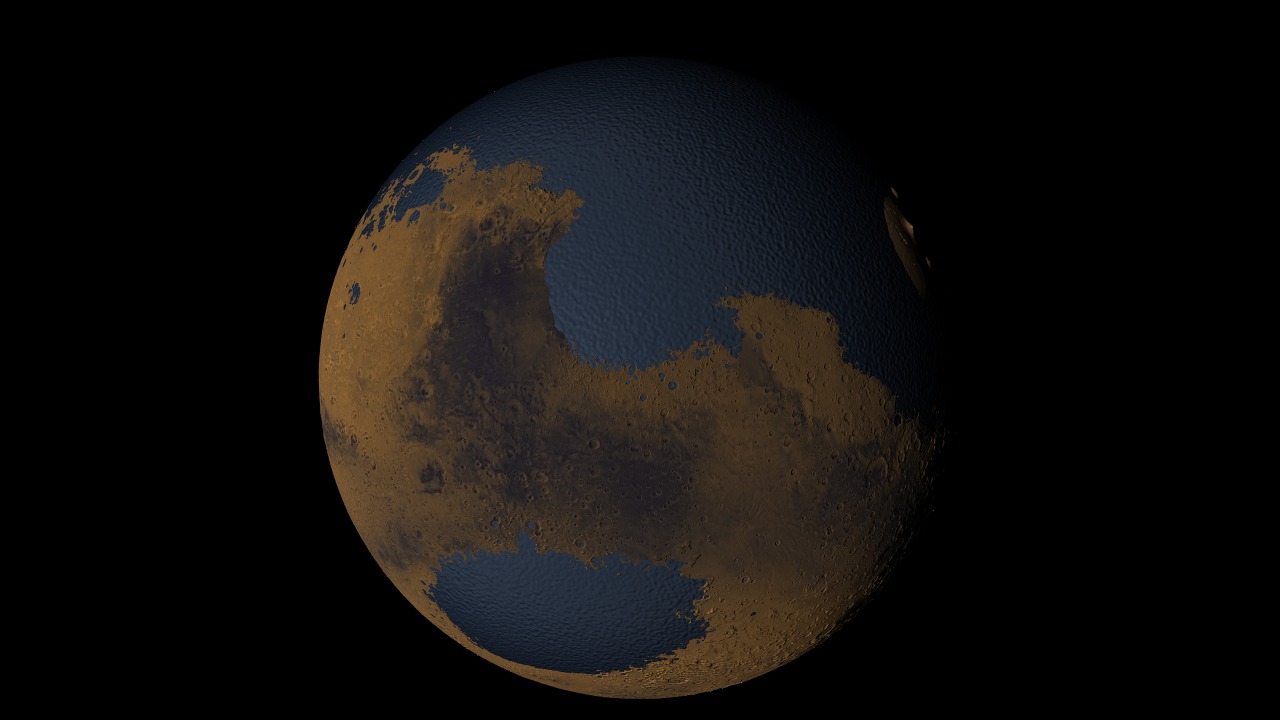
The newly discovered river systems on Mars appear to have fed into basin-like depressions in the planet’s northern hemisphere, suggesting they drained into a vast ocean. This ocean is estimated to have been between 1 to 2 kilometers deep, covering a significant portion of the Martian surface. The presence of delta formations at the mouths of these rivers, comparable to Earth’s Nile Delta, indicates sediment deposition in standing water bodies, further supporting the existence of a large, ancient ocean (Daily Galaxy).
These river systems were likely active around 3.5 billion years ago during the Noachian period, a time when Mars is believed to have had a much wetter and warmer climate. This period aligns with the peak coverage of the hypothesized ocean, providing a timeline for when Mars may have been most habitable. The implications of this discovery are profound, as they suggest that Mars once had the conditions necessary to support life, reshaping our understanding of the planet’s potential for past habitability (SSB Crack News).
Geological Processes Behind the Evidence
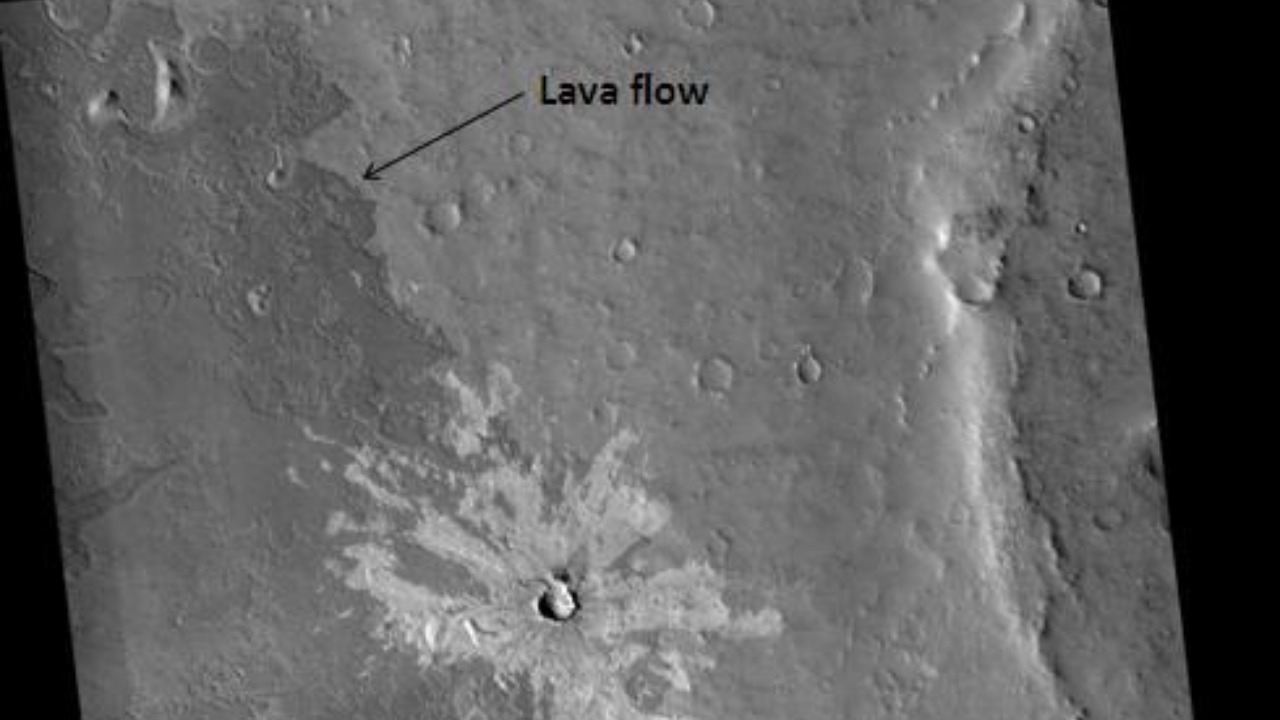
Volcanic activity and sediment burial played crucial roles in preserving the Martian river networks. In areas like Elysium Planitia, lava flows have capped the channels, protecting them from erosion and preserving their structure over billions of years. This geological process has allowed scientists to study the ancient river systems in detail, providing insights into the planet’s hydrological history. The erosional patterns observed in these channels indicate prolonged fluvial activity, with branching tributaries suggesting a sustained hydrological cycle (SSB Crack News).
Additionally, the integration of these river systems with surface features like outflow channels may represent catastrophic flooding events from the receding ocean. These features provide further evidence of Mars’ dynamic geological past and highlight the complex interplay between volcanic activity, sedimentation, and water flow. Understanding these processes is essential for reconstructing the planet’s history and assessing its potential for past habitability (Daily Galaxy).
Implications for Mars’ Past Habitability
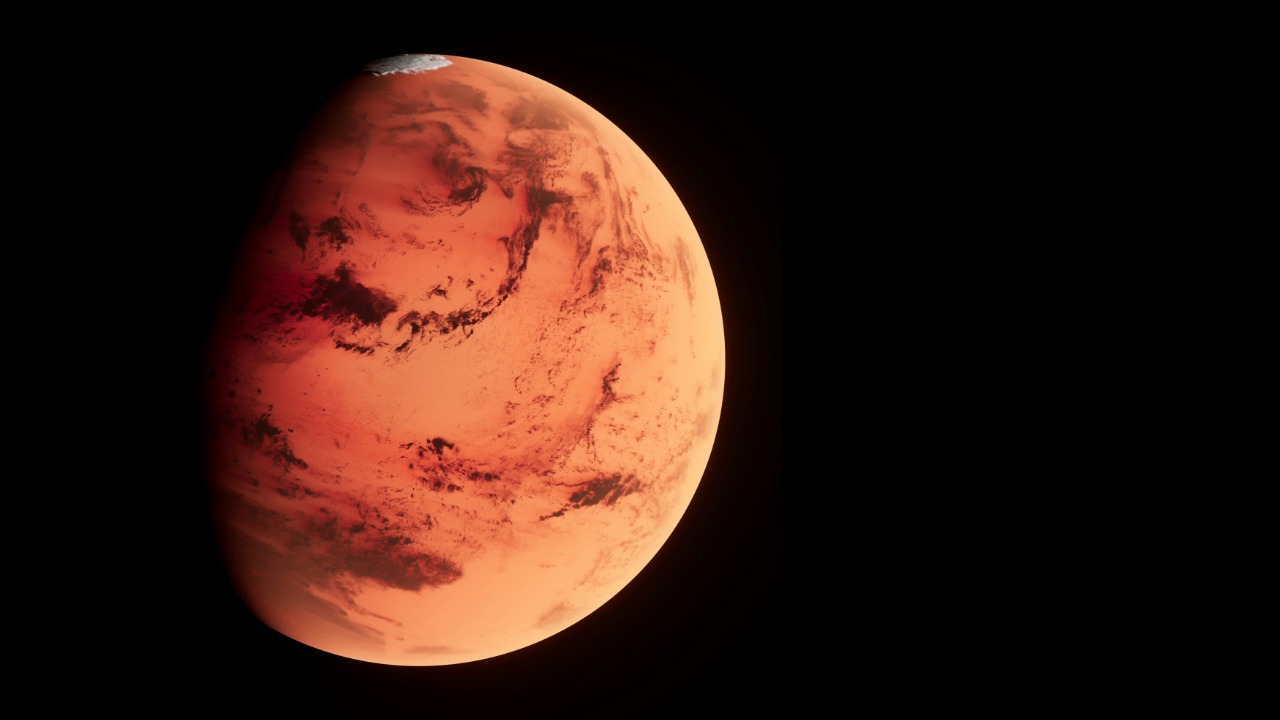
The presence of rivers and an ocean on ancient Mars suggests a warmer, wetter climate that could have been conducive to microbial life around 3 to 4 billion years ago. This period of potential habitability raises intriguing questions about the possibility of life on Mars and the planet’s capacity to support it. However, the eventual loss of this ocean, likely due to atmospheric thinning and solar wind stripping, led to the desiccation and freezing of the river systems. This transition marks a significant shift in Mars’ climate and highlights the challenges of sustaining life on the planet (Daily Galaxy).
Ongoing missions, such as the Perseverance rover, continue to explore Mars’ surface, searching for evidence of past life and further corroborating the river-ocean model. The discovery of ancient lake beds by these missions supports the idea that Mars once had a more hospitable environment. These findings not only enhance our understanding of Mars’ geological history but also inform future exploration efforts, guiding the search for signs of past life on the Red Planet (SSB Crack News).